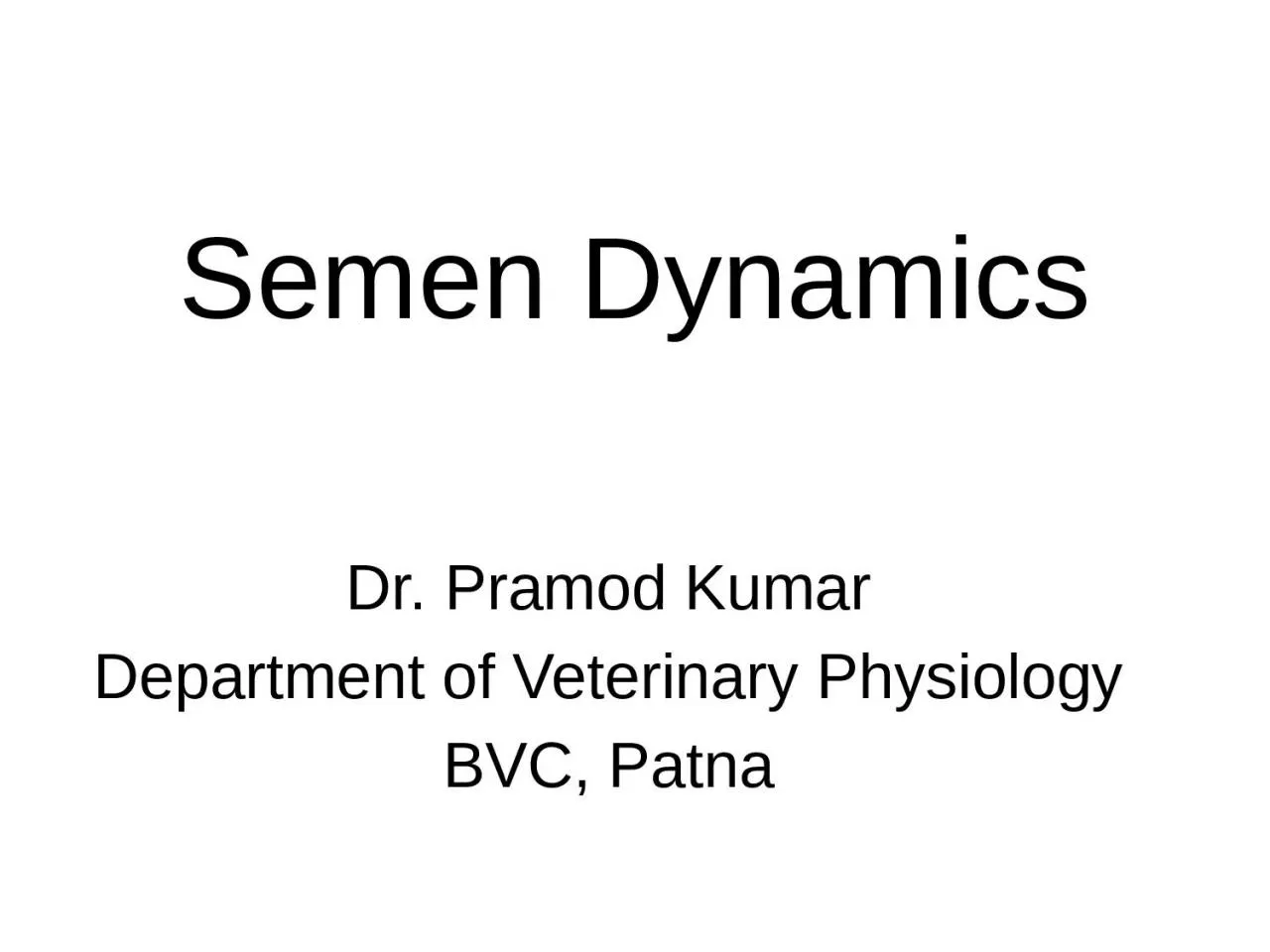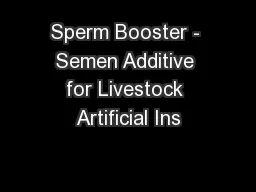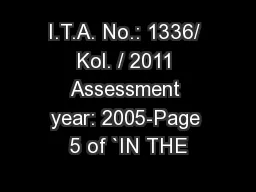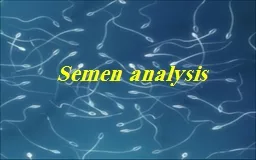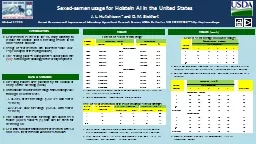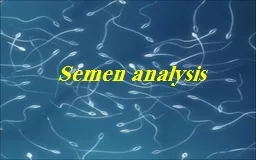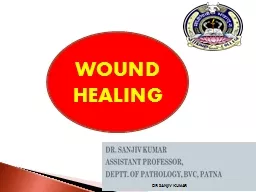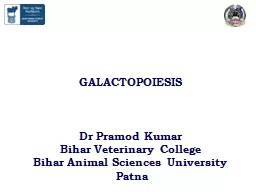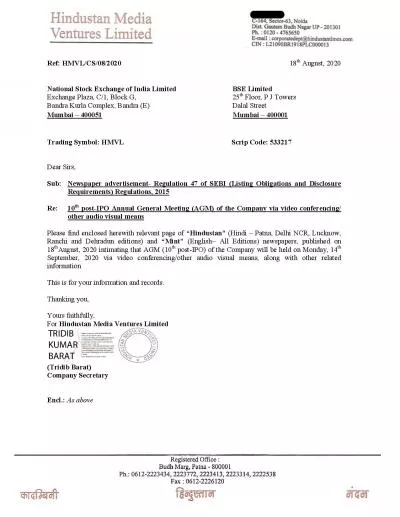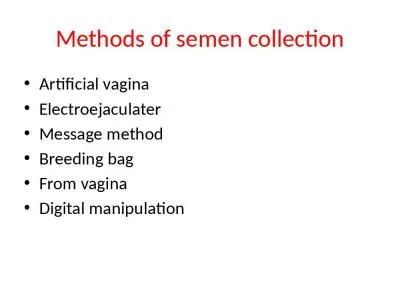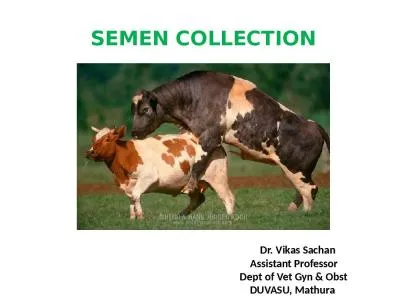PPT-Semen Dynamics Dr. Pramod Kumar
Author : lam | Published Date : 2023-08-25
Department of Veterinary Physiology BVC Patna Capacitation It is a process that allows the acrosome reaction to occur so the sperm can penetrate the zona pellucida
Presentation Embed Code
Download Presentation
Download Presentation The PPT/PDF document "Semen Dynamics Dr. Pramod Kumar" is the property of its rightful owner. Permission is granted to download and print the materials on this website for personal, non-commercial use only, and to display it on your personal computer provided you do not modify the materials and that you retain all copyright notices contained in the materials. By downloading content from our website, you accept the terms of this agreement.
Semen Dynamics Dr. Pramod Kumar: Transcript
Download Rules Of Document
"Semen Dynamics Dr. Pramod Kumar"The content belongs to its owner. You may download and print it for personal use, without modification, and keep all copyright notices. By downloading, you agree to these terms.
Related Documents

